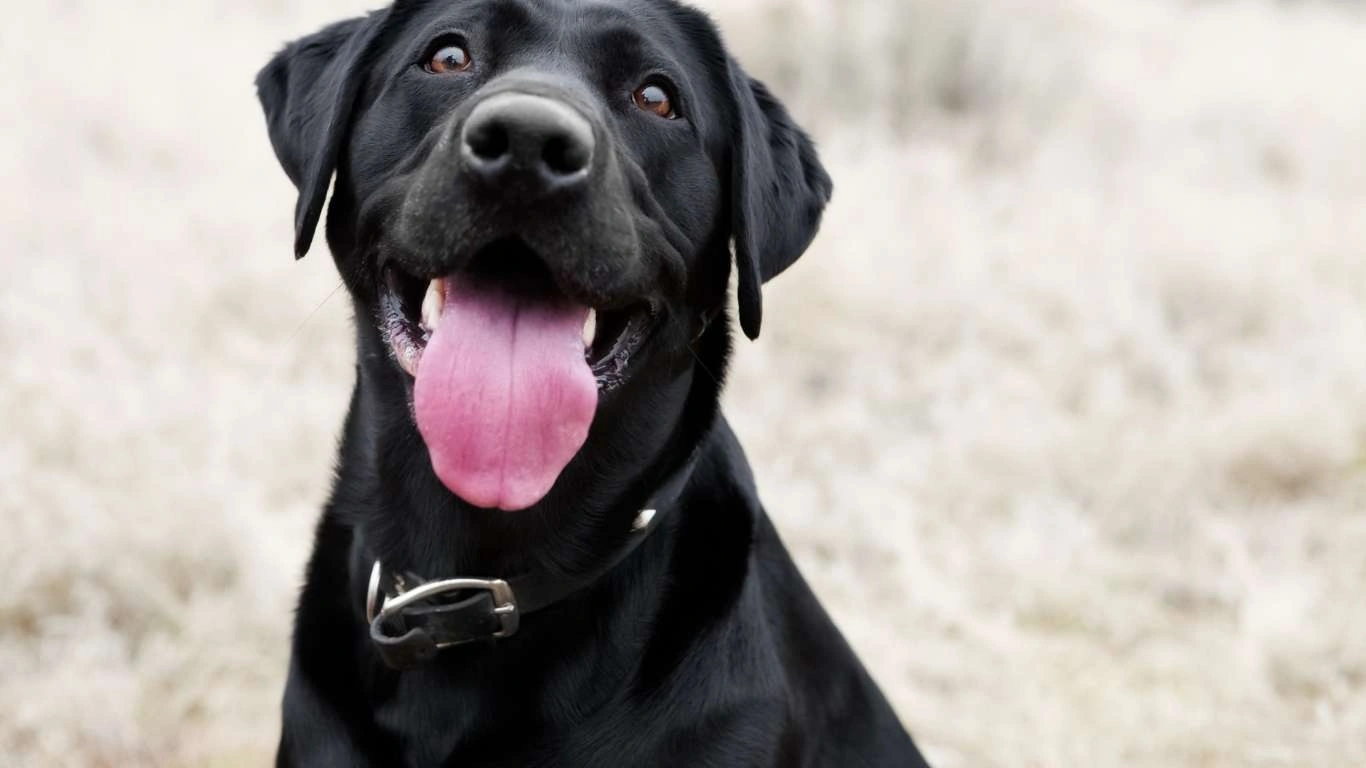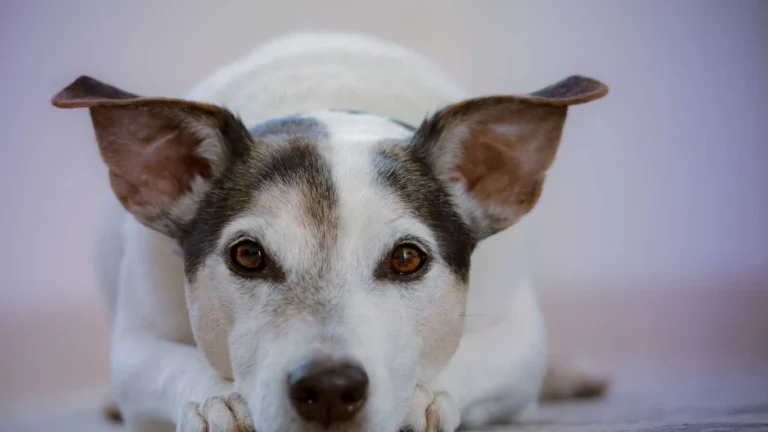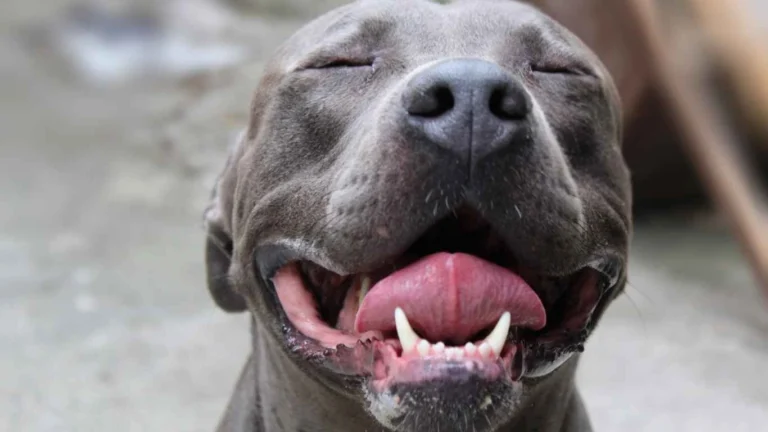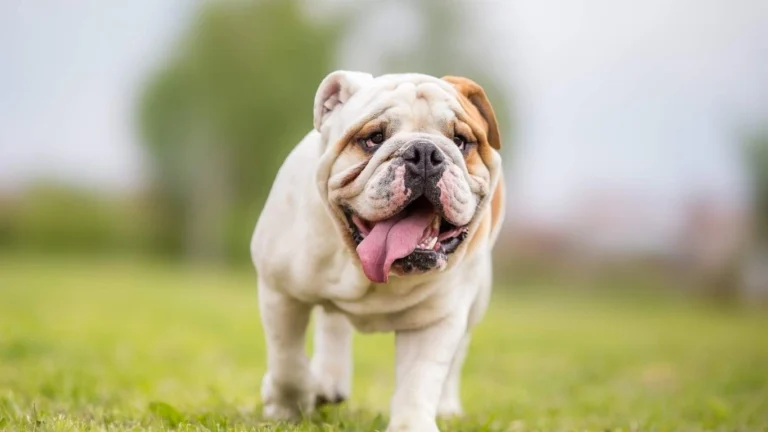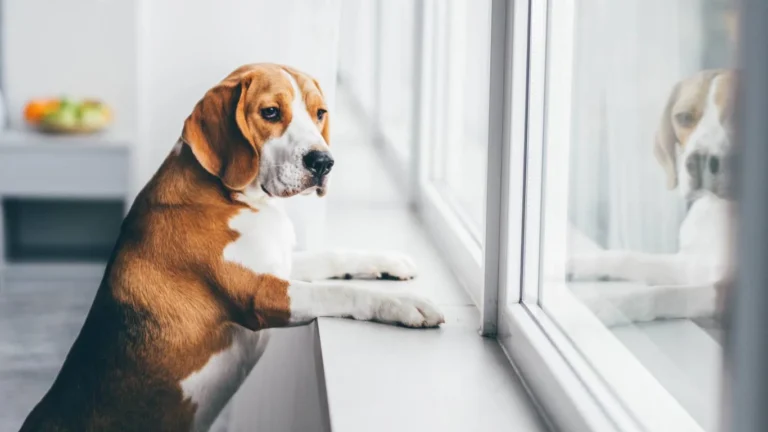How to Feed a Dog During Recovery from Parvo: Expert Tips That Work
When you’re staring down at a weak, sick pup who just battled through parvo, your mind races with questions — especially the big one: how to feed a dog during recovery from parvo? Trust me, I’ve been there more times than I can count, working the clinic floor and comforting worried pet parents. Getting your dog to eat again isn’t just about filling the bowl; it’s about rebuilding their strength from the inside out. Parvo doesn’t just drain their energy—it wrecks their gut, appetite, and immune system. So let’s talk real, pet-lover to pet-lover, about what actually works when you’ve got a recovering fur baby on your hands.
Understanding a Dog’s Recovery Needs After Parvo
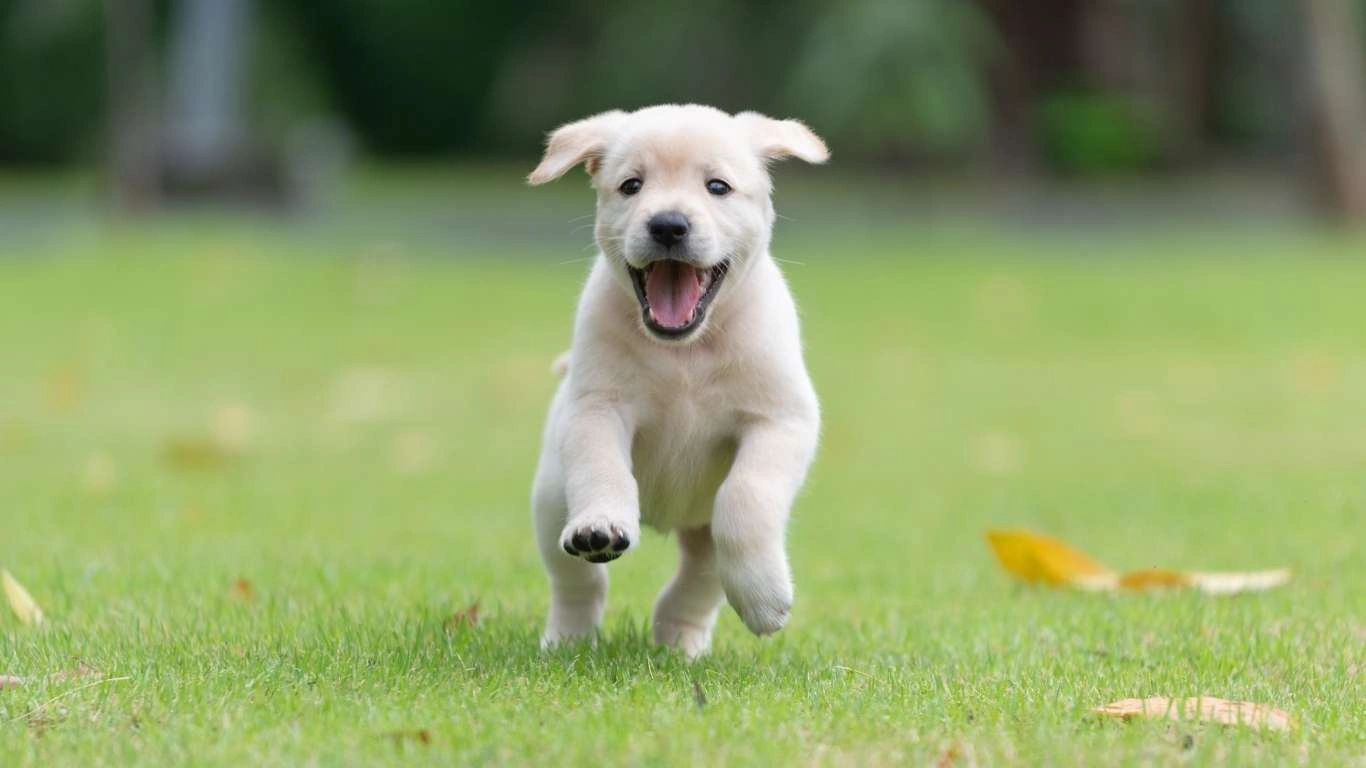
Recovery from parvo isn’t just a waiting game—it’s a strategic process. The virus hits hard, attacking the gastrointestinal lining and leaving your dog severely dehydrated, malnourished, and weak. After seeing dozens of cases as an Animal Care Specialist, I’ve learned that feeding post-parvo pups is like hitting the reset button on their whole system. And you can’t just go back to their usual kibble right away—it’s got to be gentle, hydrating, and nutrient-dense.
Why Nutrition Is Critical During Recovery
The food you offer now directly supports tissue repair, gut healing, and immune recharging. Think of it like fuel after a crash—your dog’s body is desperately trying to heal, and it needs the right building blocks.
- Electrolyte balance: After days of vomiting and diarrhea, they’re running on empty.
- Digestibility: Their gut is inflamed, so food needs to be easy to process.
- Calories: They’ve likely dropped weight fast, and need to gain strength steadily.
What I Usually Recommend in Clinics
When we had dogs recovering from parvo in the shelter, we’d start off with bland, easy-to-digest meals in small portions. One little guy I remember—Bandit, a beagle mix—refused food for three days until we found the magic combo of warm boiled chicken and rice. Within hours, his tail was wagging.
That’s not to say every dog is the same, but generally, these are the staples I go to:
- Boiled white chicken (no salt or seasoning)
- Plain white rice or overcooked pasta
- Low-sodium bone broth (great for hydration and smell appeal)
- Veterinary recovery diets like Hill’s a/d or Royal Canin Recovery
Pro tip: Warm the food just a little—lukewarm meals are more appealing to a dog with a sensitive tummy and low appetite. Sometimes it’s the smell that gets them interested again.
Signs Your Dog Is Ready to Eat Again
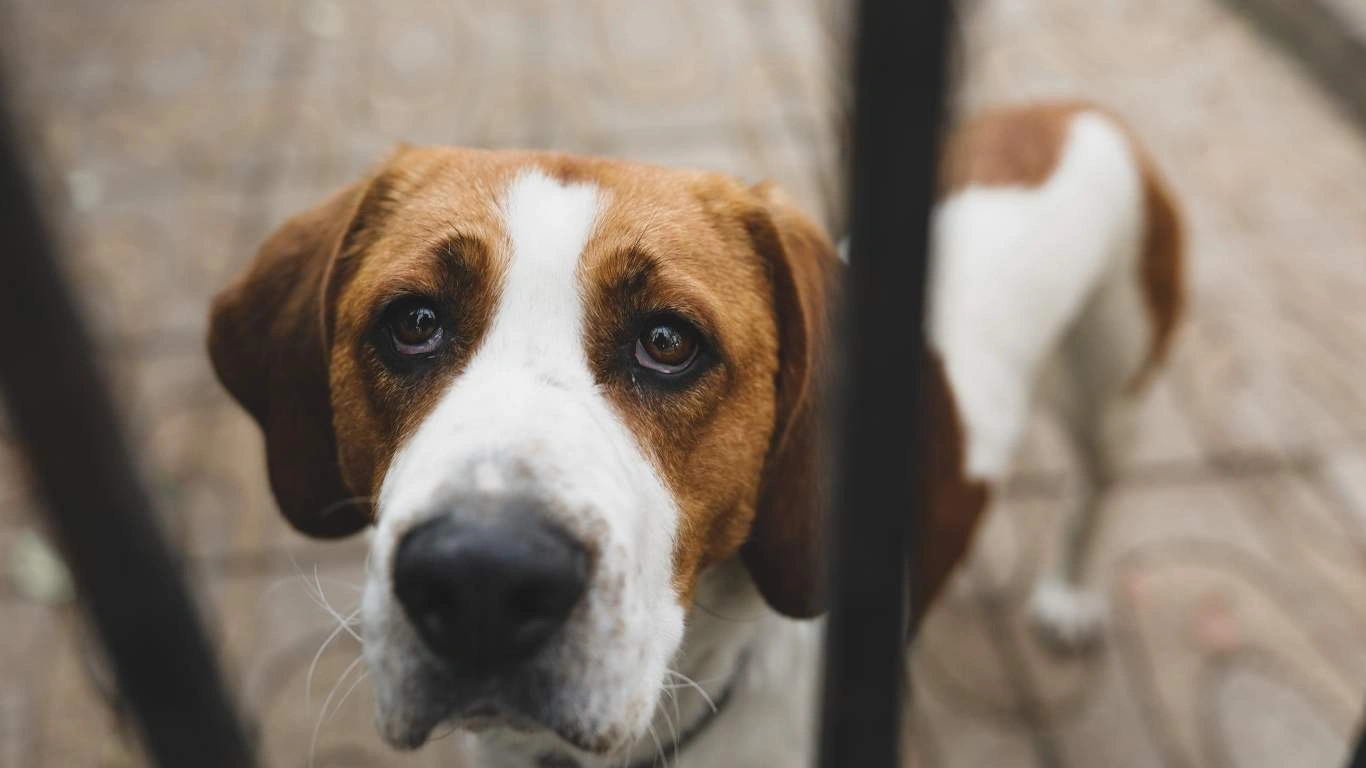
If you’re not sure whether your dog is ready for food, look for these signs I always tell pet parents to watch out for:
- Sniffing or licking at food bowls
- Less vomiting and more stability in their poop (yep, it’s a thing we have to check)
- Increased energy—even if it’s just sitting up on their own
Still, don’t force it. Pushing food too soon can cause setbacks. I always say: patience is as important as protein right now. Slow and steady wins this race.
Introducing Food: Slow and Small
Start with tiny portions—literally teaspoons. One of my recovery routines is feeding every 2-3 hours the first day they show interest, and spacing it out more as they tolerate food better. Think of it like feeding a newborn; small stomach, sensitive system.
And water? Non-negotiable. I recommend offering ice cubes or small amounts of water with a syringe (no force-feeding, though) to keep hydration levels up.
Choosing the Right Foods: Homemade vs Vet-Prescribed
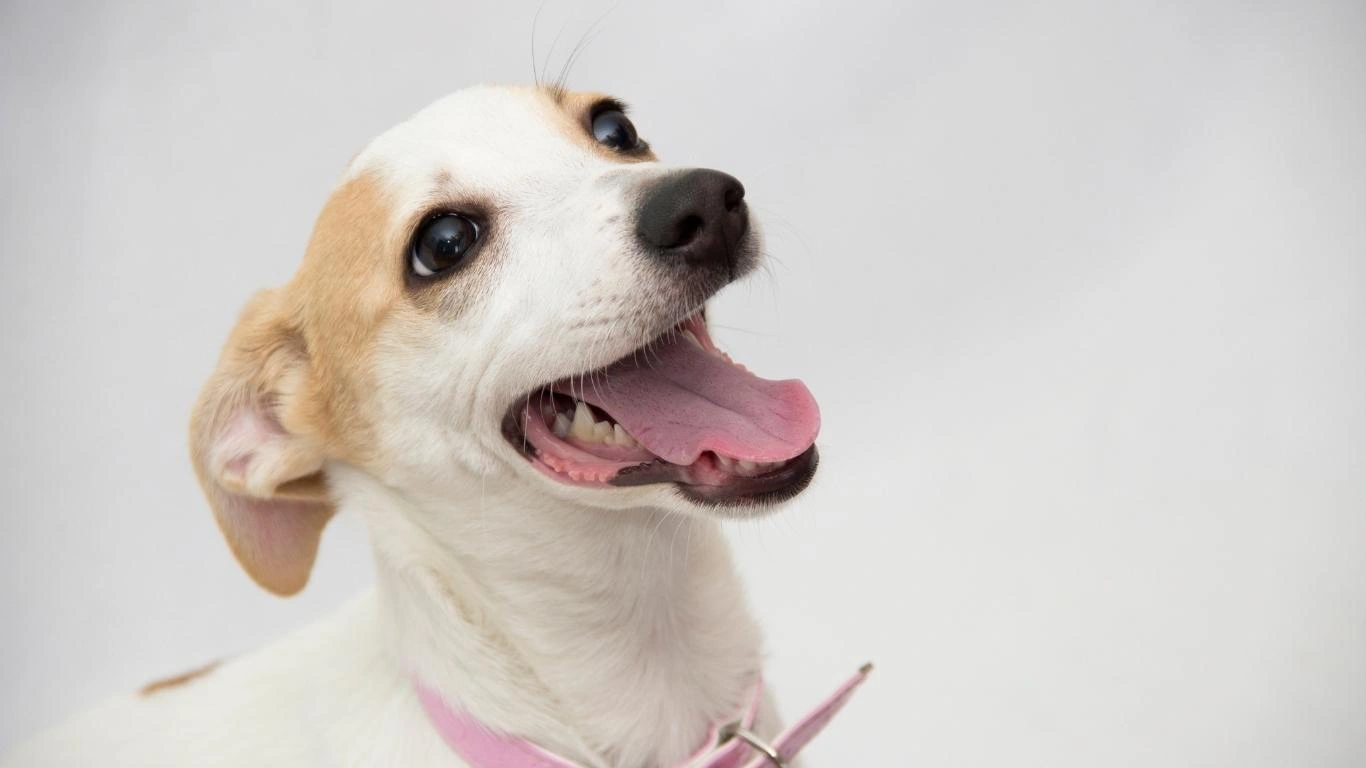
I get this question all the time: “Can I just cook for them, or should I stick with the vet’s food?” Honestly, both have a place. I’ve had great success with home-cooked meals in the first few days, especially for picky eaters or those refusing canned recovery formulas. But long term? You need a vet to help you balance things. Malnutrition can sneak up fast during recovery if you’re not careful.
- Homemade: Great for short-term use and picky eaters. Must be bland, low-fat, and well-cooked.
- Vet formulas: Packed with concentrated nutrition and highly digestible. Especially helpful if your dog needs a nutritional boost quickly.
At the shelter, we always kept both on hand. Sometimes it takes a mix of both worlds to get that tail wagging again.
Dealing with Appetite Loss After Parvo
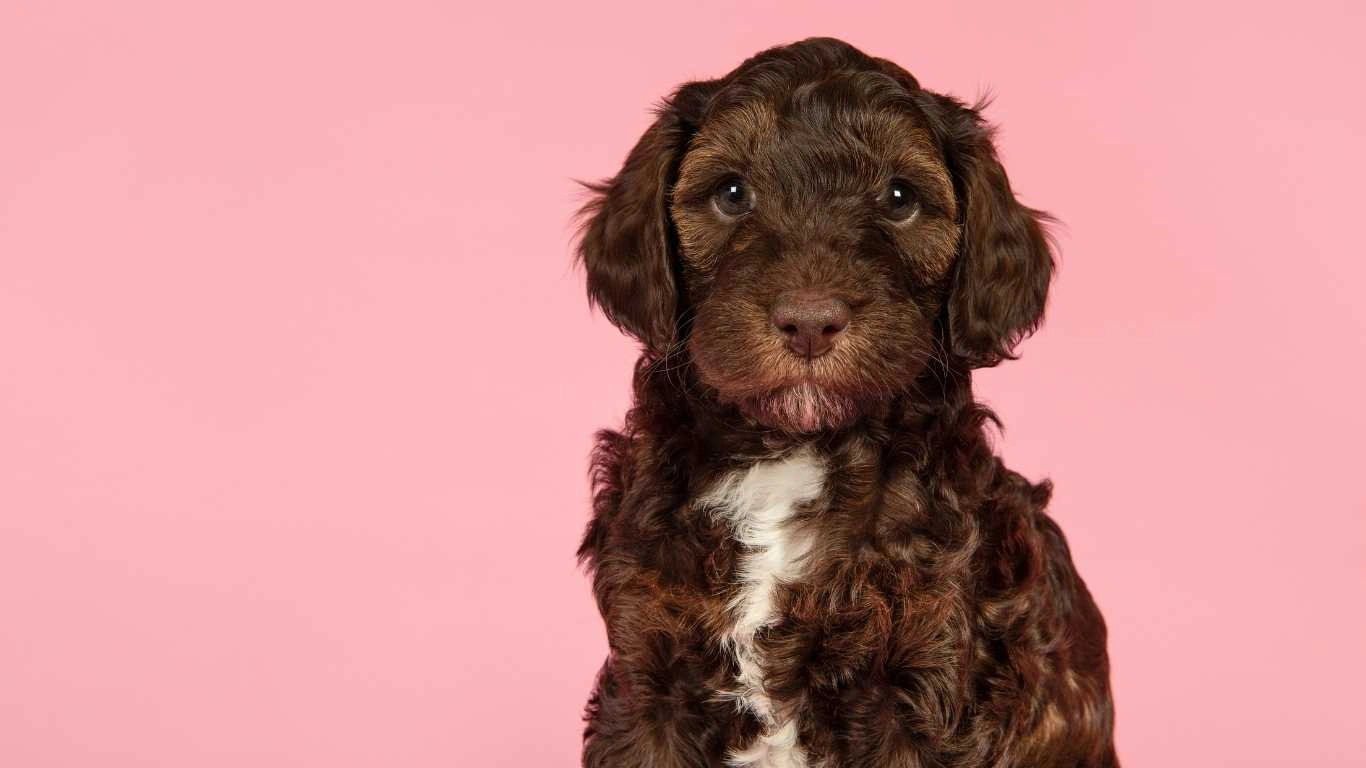
Now, here’s a tough one I’ve seen time and time again—your pup has technically “turned a corner,” but their appetite is still nowhere to be found. It’s nerve-wracking, I get it. You finally breathe a sigh of relief because the worst of the parvo seems over, but your dog just sniffs their bowl and walks away. That happened with a shepherd named Luna we treated. Strong girl, but stubborn as heck when it came to food. We had to get creative.
Loss of appetite during recovery is super common. Their digestive tract is still healing, and their sense of smell and taste might still be dulled. Plus, nausea can linger long after the vomiting stops. So, don’t panic if mealtimes aren’t smooth sailing right away.
Tips That Helped Me Entice Picky Post-Parvo Eaters
- Warm up the food slightly – Just 10-15 seconds in the microwave. Not hot, just warm enough to make it smell good.
- Add bone broth – I swear by low-sodium or homemade chicken broth. Pouring a bit over their meal works wonders.
- Hand-feed in tiny amounts – Sometimes just offering food from your hand builds trust and comfort. I used to sit with the dogs, palm out, soft voice—it works better than you’d think.
- Crushed treats or sprinkle toppers – A tiny sprinkle of freeze-dried liver crumbles or even a spoon of pumpkin can spark interest.
Consistency is key. Even if they only take a bite or two, that’s progress. Celebrate the little wins.
How to Feed a Dog During Recovery from Parvo: Establishing a Feeding Schedule
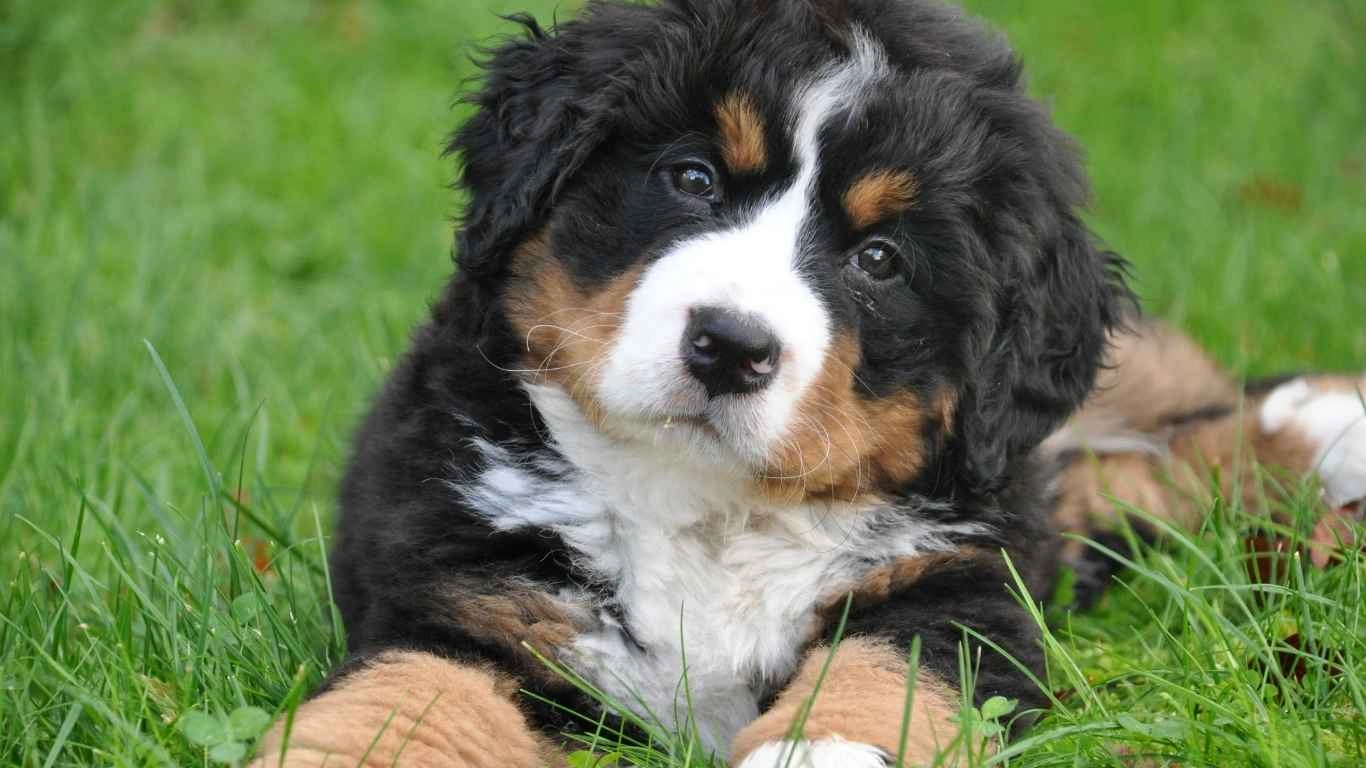
This is the part that’s often overlooked, but it makes a huge difference. Creating a feeding schedule isn’t just about convenience—it helps stabilize digestion, prevents overfeeding, and slowly rebuilds energy levels. When I worked in the shelter, we’d map out feeding times for each recovering dog, and it made everything more predictable and calm for both staff and pups.
What a Typical Day Might Look Like
Here’s the kind of schedule I usually recommend for the first 7–10 days after parvo treatment:
- Morning (7–8 AM): Small portion of bland food with broth
- Midday (12 PM): Another small portion—watch for energy dips or nausea
- Early Evening (5–6 PM): Third small meal, ideally with added electrolytes or water-rich content
- Optional (before bed): A spoonful of food or broth to prevent overnight stomach upset
Small, frequent meals beat one or two big feedings every time during recovery. You’re basically reprogramming their system to trust food again.
How Long Should You Stick to the Parvo Recovery Diet?
That’s a question I hear a lot from pet parents. Usually, I suggest sticking with the recovery diet for about 10–14 days post-symptoms, depending on how your pup is doing. If your dog’s stool has firmed up, energy is up, and appetite is solid, you can slowly begin to transition back to their normal diet. But go gradual—like over 7–10 days. Sudden switches can cause setbacks.
Hydration: The Other Half of Recovery Nutrition
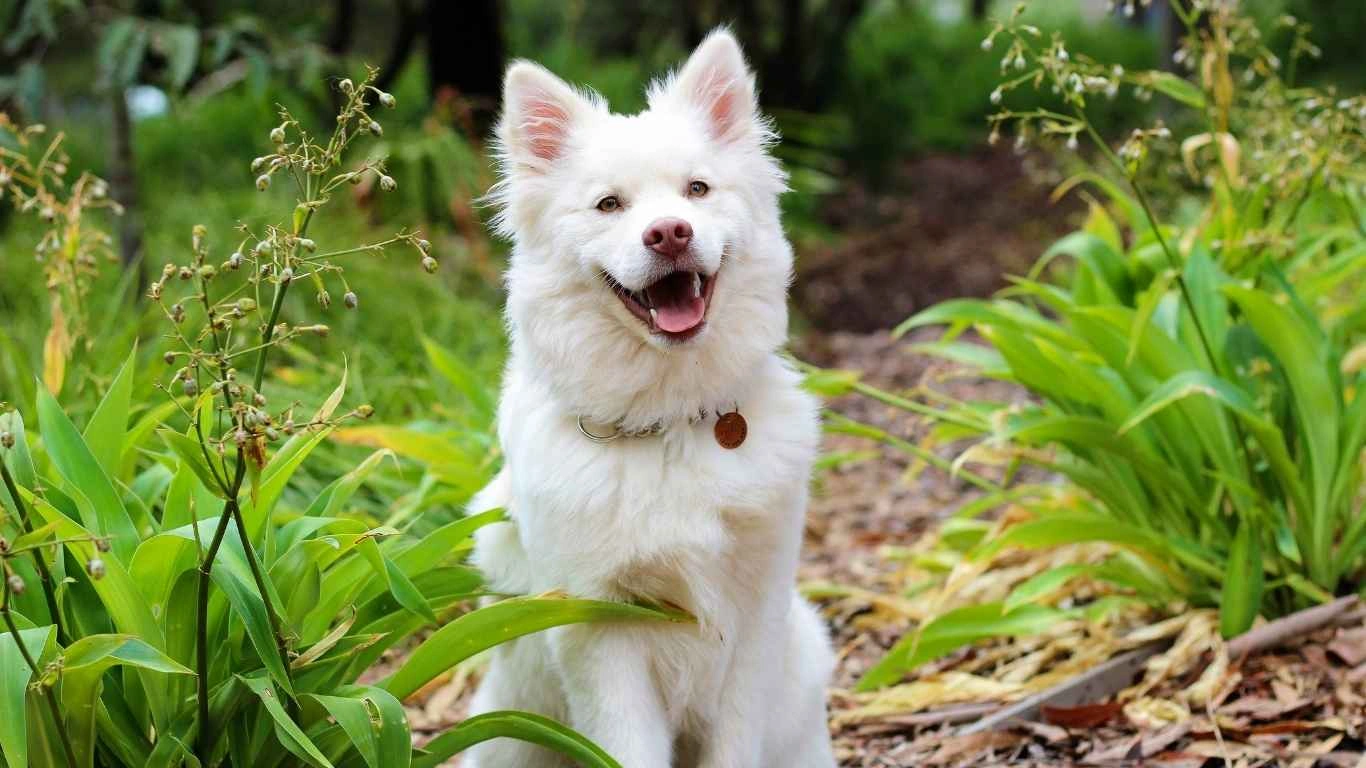
Honestly, if there’s one thing that’s just as important as food, it’s water. Parvo ravages hydration levels, and your dog may still be mildly dehydrated even after hospitalization. I had one little terrier, Spike, who wouldn’t drink on his own for two days post-recovery. We had to get sneaky with his fluids—ice chips, soaked kibble, even a lick mat with broth.
Smart Hydration Tricks I’ve Used
- Ice chips or crushed ice – Great for dogs who won’t drink from a bowl
- Broth cubes – Freeze bone broth in silicone molds and offer like treats
- Water mixed into food – Especially with canned recovery diets
- Electrolyte-enhanced water – Ask your vet about products like Rebound or Hydralyte for pets
Important: Always monitor how much your dog is drinking. Dehydration signs can sneak up—dry gums, lethargy, skin that doesn’t bounce back quickly when you pinch it. If you’re worried, don’t hesitate to check in with your vet.
Supplements to Consider (But Ask Your Vet!)
This part can be super helpful, but it has to be done right. I’ve seen some dogs bounce back even faster with the right support—but I’ve also seen people go overboard with too many supplements at once. Always check with your vet before starting anything new.
- Probiotics: To help restore gut bacteria wiped out by the virus
- Digestive enzymes: Useful if your pup still has trouble breaking down food
- Omega-3s: For reducing inflammation and boosting immune health
In one case, we gave a recovering lab mix a vet-approved probiotic for two weeks, and his stool normalized way faster than expected. Every dog is different, but a little professional guidance can go a long way here.
Monitoring Progress and Adjusting the Recovery Diet
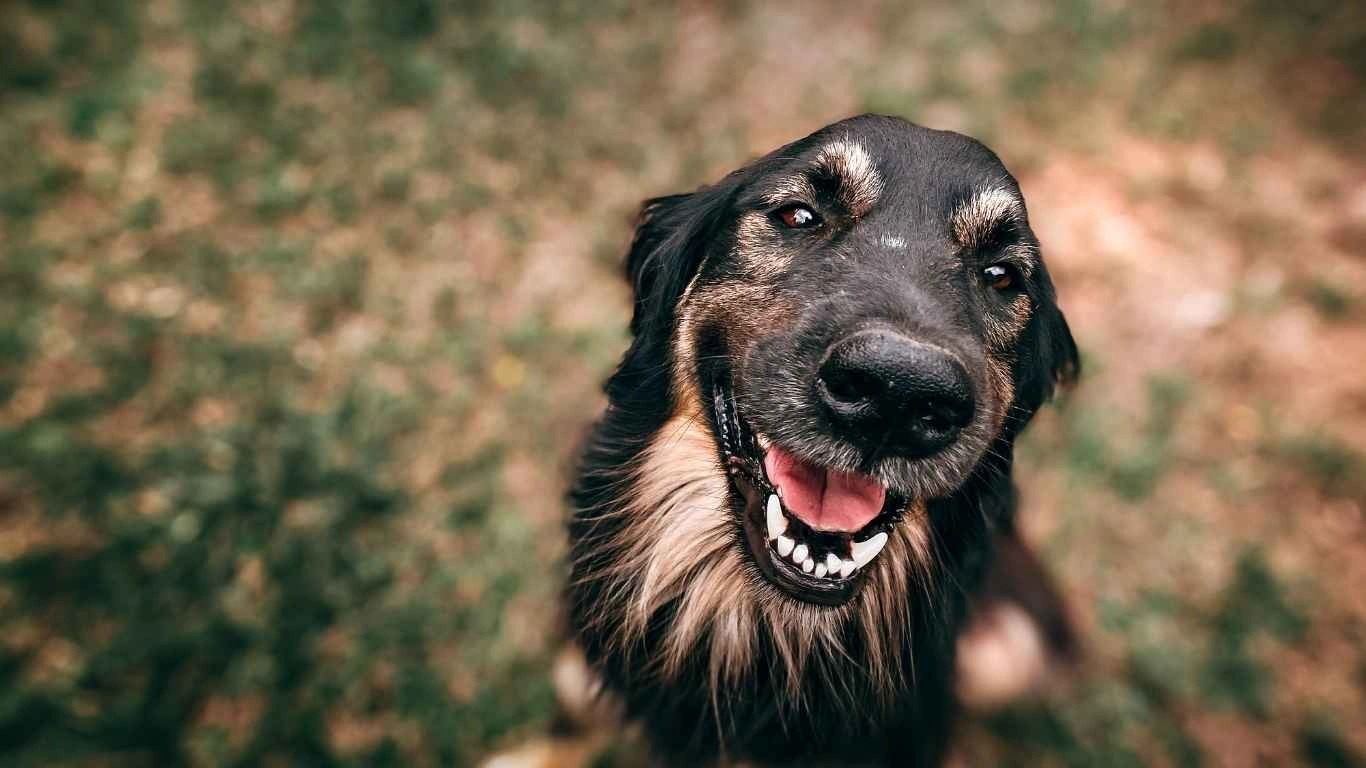
So, your dog is finally eating a bit more, drinking water regularly, and maybe even trying to chase a squirrel again—that’s a good sign! But recovery from parvo isn’t linear. Some days will feel like leaps forward, others like you’re back at square one. That’s normal. I always tell pet parents at the clinic: watch the trends, not just a single day.
Tracking your dog’s food intake, hydration, poop consistency (yep, we have to talk about it), and energy levels can help you stay one step ahead. In the shelter, we kept detailed daily charts for every dog bouncing back from parvo. That data helped us spot setbacks quickly—like diarrhea returning or appetite dropping again—which often meant we needed to tweak the diet or check for secondary infections.
Signs That Things Are Going Well
- Regular bowel movements (formed but not hard)
- Increased energy and interest in surroundings
- Consistent appetite without vomiting or nausea
- Normal hydration signs – moist gums, elastic skin
As you go, don’t be afraid to slowly reintroduce more variety into the diet. Maybe a bit of their regular kibble softened with broth, or adding new proteins like turkey or scrambled egg. Just make transitions gradual. One thing I’ve learned? A dog’s digestive system post-parvo is like a toddler’s—super sensitive and unpredictable.
Things to Avoid When Feeding a Dog After Parvo
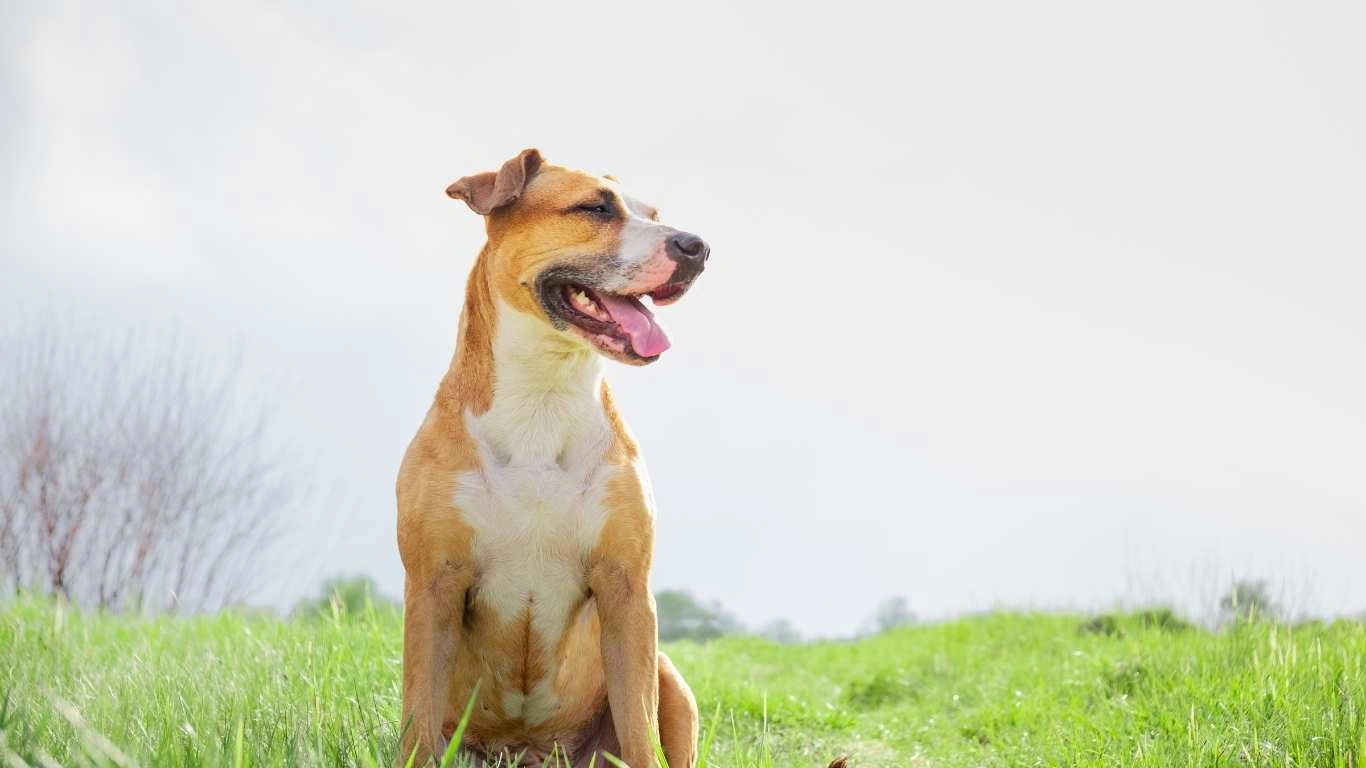
We’ve covered a lot about what you *should* feed, but let’s talk about the big no-nos too. Some of these I learned the hard way—like the time a sweet little Yorkie relapsed with severe GI symptoms after a well-meaning volunteer gave her beef jerky as a treat. Heartbreaking and preventable.
Foods and Habits to Steer Clear Of
- High-fat treats or table scraps – Way too heavy for their healing system
- Sudden food changes – Always transition slowly
- Overfeeding – Too much too soon can shock the gut
- Raw diets – Not appropriate during recovery when immunity is compromised
- Unapproved supplements – Some can interfere with meds or healing
Stick to simplicity. That’s always been my rule in recovery cases—especially in that fragile first month post-treatment. If in doubt, I’d always run it by a vet before experimenting.
When to Call the Vet
This part’s important. Even with the best care, sometimes things don’t go smoothly. I’ve had dogs look amazing on Day 3 of eating again, only to suddenly relapse on Day 6. It happens. And it doesn’t mean you did anything wrong.
Red Flags That Need Professional Attention
- Sudden vomiting or diarrhea after improving
- Refusing food or water for more than 24 hours
- Lethargy that seems worse than before
- Signs of dehydration (dry gums, sunken eyes)
If you see any of these, don’t wait it out. I’ve always said I’d rather make ten unnecessary calls to the vet than miss one urgent issue. Parvo recovery is fragile, and getting professional advice early can save you a lot of heartache later.
Building Long-Term Health After Parvo
Once your dog is out of the woods, your job’s not done—but the hardest part is behind you. Now it’s about building a strong, healthy immune system and keeping that belly happy. I usually recommend adding more diversity to their meals slowly over time, especially high-quality proteins, veggies (like pumpkin or green beans), and maybe even rotating between brands of kibble once they’re fully recovered. Variety helps build a resilient gut.
Don’t forget exercise either—nothing intense at first, but little walks and short playtimes help digestion and mental health. You’d be surprised how much joy a five-minute walk brings a pup that spent days in isolation fighting parvo.
Support Beyond the Plate
- Routine vet checkups every 3–6 months post-recovery
- Flea/tick and deworming prevention – parvo can weaken the immune system long term
- Vaccination updates – be sure their immunity is where it needs to be
In the clinic, we’d always follow up with families a few weeks after discharge. Just a quick call or check-in to see how things were going. That kind of follow-through makes a big difference—and I encourage every pet parent to keep an open line with their vet even after recovery seems “done.”
References
Disclaimer
This article is for informational purposes only and is not intended as a substitute for professional veterinary advice, diagnosis, or treatment. Always consult your veterinarian before making changes to your dog’s diet or care routine, especially following an illness like parvo.
